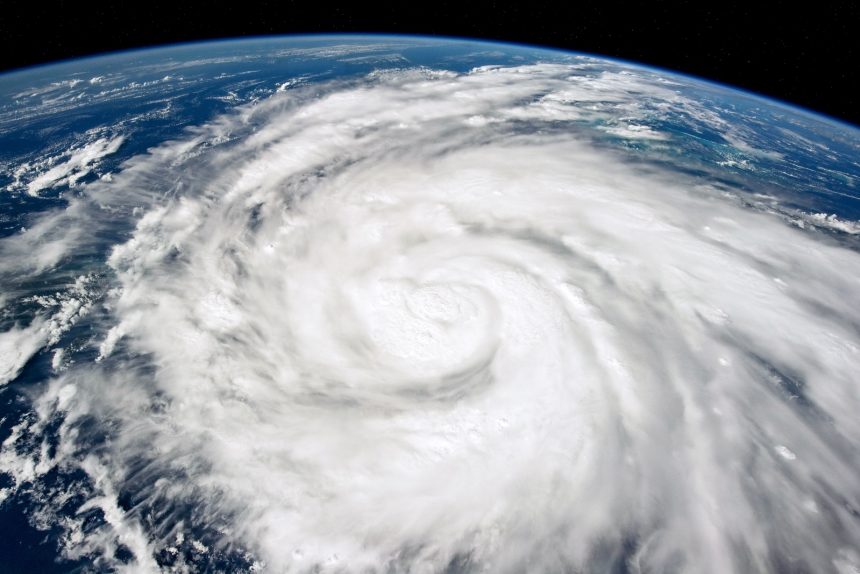The National Oceanic and Atmospheric Administration (NOAA) recently called an end to El Niño, marking the beginning of a potentially brutal hurricane season. With predictions of five major hurricanes and 21 named storms in the North Atlantic alone, the absence of El Niño, which typically suppresses storm formation, has heightened concerns.
NOAA now forecasts a 65 percent chance of La Niña developing between July and September, creating favorable conditions for cyclones. Combined with extremely high sea surface temperatures in the Atlantic, the stage is set for powerful storms to form.
While the outlook for hurricanes appears grim, these tempests also provide valuable data to improve forecasting. This data is crucial for everyone, from local meteorologists to federal emergency planners, to better prepare and potentially save lives.
One of the key challenges in forecasting hurricanes is rapid intensification, which can turn a manageable crisis into a deadly one. Improved forecasting models are essential in addressing this challenge, particularly as climate conditions become more favorable for storm formation.
As hurricanes feed on warm ocean waters and encounter low wind shear, the potential for rapid intensification increases. These factors, along with advancements in forecasting technology, make it essential to closely monitor and analyze these storms to predict their behavior.
As scientists gather more data on hurricanes, they are increasingly using artificial intelligence and advanced modeling techniques to enhance forecasting accuracy. This evolving approach aims to provide better information for emergency preparedness and response.
Every observation of a hurricane contributes to improving our understanding of these complex phenomena, offering valuable insights for coastal cities. By combining cutting-edge technology with scientific expertise, researchers are making significant progress in predicting and preparing for extreme weather events.






